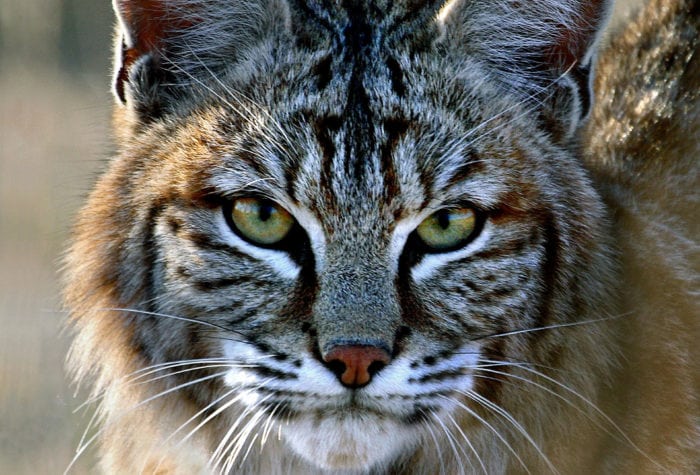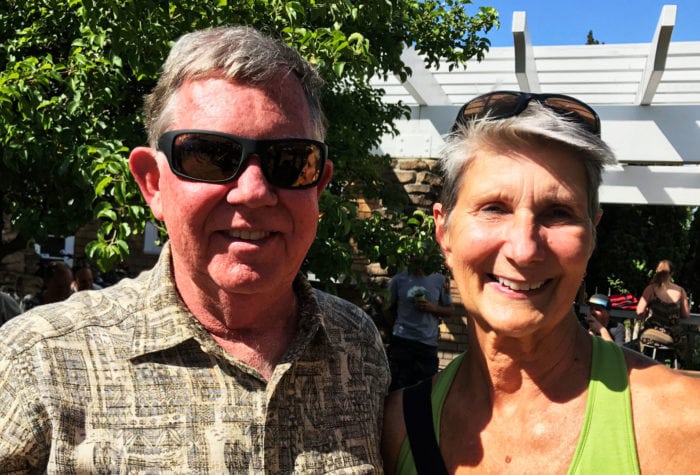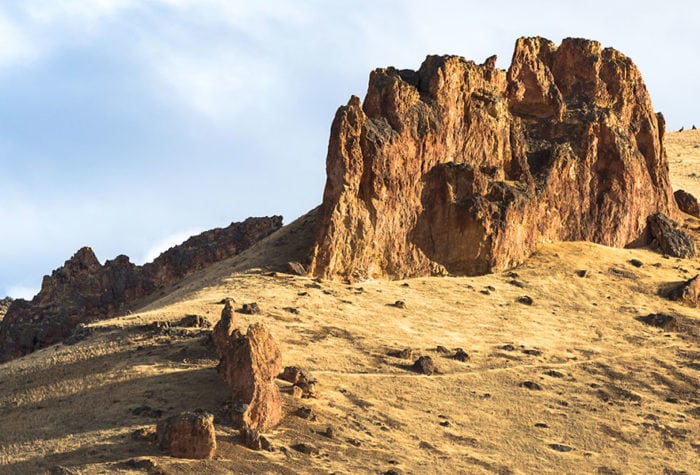2019 marked the inaugural year of the tribal stewards program, a community‐designed project created in partnership with Northwest Youth Corps, Confederated Tribes of Warm Springs, Burns Paiute Tribe and federal agencies. This initiative is designed to elevate the role of tribal members in conservation which, in turn, supports healthy, protected eastern Oregon wild lands.
Through a summer-long field seminar, Native American young adults with deep ancestral ties to eastern Oregon’s public lands joined ONDA for an introduction to conservation careers, hands‐on experience and opportunities for personal growth within a culturally relevant framework. Throughout the season, participants restored streams, uplands and trails on federal and tribal lands, and conducted field research projects, including small mammal counts and duck brood, native fish and water quality surveying.
AT A GLANCE
1,725 Hours of Work | 120,000 Acres Improved | 33 Professional Mentors
Congratulations and thanks to our inaugural tribal stewards cohort!
To learn more about ONDA’s tribal stewards program, visit:


